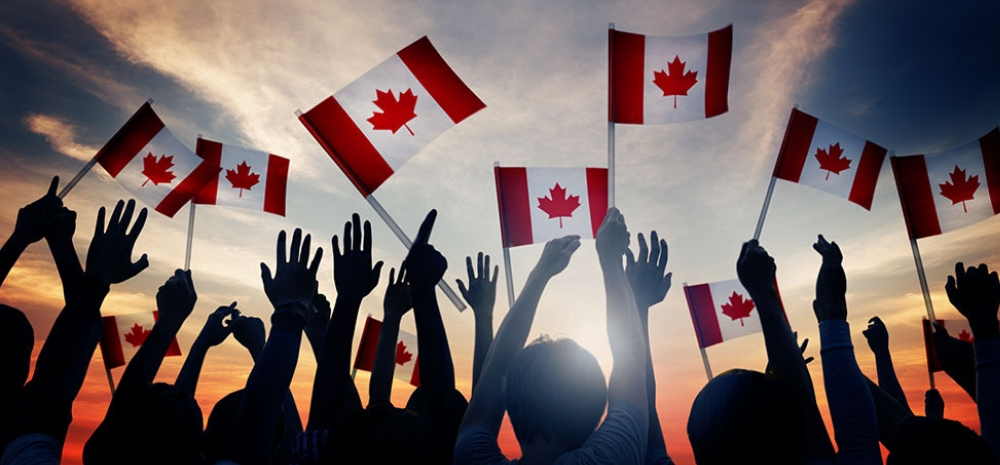Indians Ditching H1B, American Dream & Choosing Canada For Work, Resident Visa: Less Indians Now Going To US

A warning bell for US lawmakers as immigration and policy experts suggest that the much sought-after Indian talent is now getting attracted towards Canada in large numbers.
Far away from the United States as the US is still using outdated H-1B visa policy.
Contents
Why Would This Happen?
The main cause is said to be the per-country quota on issuing employment-based green cards or permanent residency.
The point was raised by experts on Tuesday further urging the Congress to act fast to prevent the Indian talent from moving to Canada from the United States.
The executive director of National Foundation for American Policy Stuart Anderson said that without Congressional action, the total backlog for all three employment-based categories for Indians would increase from an estimated 9,15,497 individuals currently to an estimated 21,95,795 individuals by fiscal 2030.
Further, submitting in his testimony before the House Judiciary Committee-Subcommittee on Immigration and Citizenship, he said, “we should let that number sink in. Within a decade, more than 2 million people will be waiting in line for years or even decades for employment-based green cards,”.
Anderson added that highly skilled foreign nationals, including international students, are choosing Canada over America.
While providing the reasons he said, “This has happened in response to how difficult it is to work in the United States in H-1B status or gain permanent residence, and the comparative ease of international students and foreign nationals working in temporary status and then acquiring permanent residence in Canada,”.
How Would This Affect?
According to an analysis of US government data by the National Foundation for American Policy (NFAP), the number of international students from India enrolled in graduate-level computer science and engineering at US universities declined by more than 25 per cent between 2016-17 and 2018-19 academic years.
The declins holds a great significance as the international students represent approximately 75 percent of the full-time graduate students at US universities in computer science.
During the 2016-17 academic year, two-thirds of the international students at the graduate level in computer science at US universities were from India.
Indian Students Attracted Towards Canadian Universities
Further, he mentioned that the Indian students coming to America is also reduced as the number of Indian students attending Canadian universities rose from 76,075 in 2016 to 1,72,625 in 2018, an increase of 127 per cent, as per the data provided by the Canadian Bureau for International Education,.
In simple words, he said that Canada’s immigration policies are much better than America’s for facilitating the entry of talented individuals.
The United States has turned away millions of qualified, highly-skilled, and often US-educated individuals who are going to other countries to contribute to their economy due to more than 1,00,000 H-1B cap submissions denied annually.
A 21st Century Approach Is The Need Of The Hour
It is critical that US immigration policies reflect a 21st century approach in the same way that the Congress is now working on legislation to advance research and innovation in critical technologies to compete with China, said Sudip Parikh, CEO and Executive Publisher, Science Journals, American Association for the Advancement of Science, to the lawmakers.
Further urging the Congress to expand dual intent visas to include foreign student visas (e.g., F-1 visas) to allow them the option to apply for permanent residency and adjust postgraduate immigration law to ease entry to work for skilled graduates.
Urging the Congress to continue to exempt higher education and research institutions from the H-1B visa caps, he added, “Some organisations have recommended proposals to ‘staple a green card’ to international students graduating with a diploma in specific, targeted fields of study to meet US demands,”.

Comments are closed, but trackbacks and pingbacks are open.